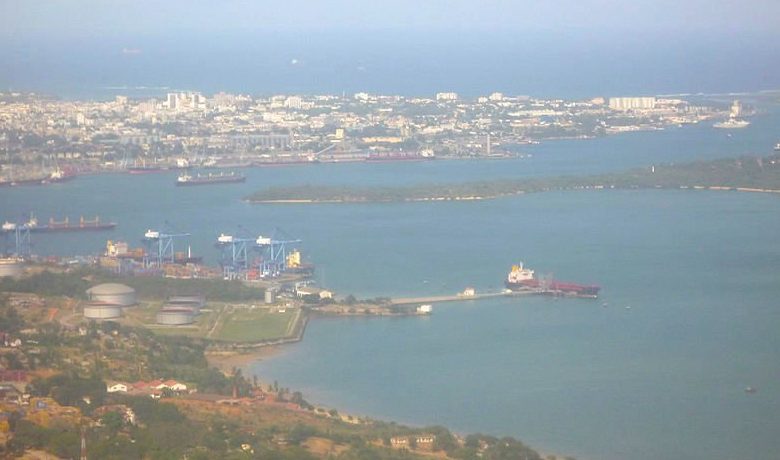Managing the end-to-end extremes of Africa ports

Victor Shieh, the editor of Portoverview.com, gives readers a glimpse at what is happening in Kenya.
Positive developments about Africa these days are often overshadowed by dramatic scenes of terrorism, civil wars, crippling disease outbreaks and power shutdowns.
This disjointed view about the African continent is also reflected in the generally negative perception people have on its ports, liner services as well as its road- and rail-related infrastructure.
One update posted yesterday on the portoverview.com portal serves as a useful indicator of the extremes found in Africa. This single post demonstrates the true growth potential for the continent. It also overshadows current problems, and the high risk involved in investing in the continent.
The visiting senior advisor to the Japan International Cooperation Agency reaffirmed its support for Kenya’s future transport infrastructure, including financing for Mombasa’s second terminal, which is at least 65% complete and which will be run by concession to a private operator. Twelve of the world’s leading corporations have submitted a tender proposal.
What he did not mention was the paralysis of Mombasa port last week, when terminal operations came to a standstill following two disputes. One was an all-out strike by dockworkers over a massive hike in state health insurance contributions deducted from dockers wages, the other was confusion over a fudged biometric system supposed to simplify the wage distribution process. Twenty eight of the union officials organising the strike were sacked, and a stampede was reported at the port with locals desperate to submit their job applications to replace them.
In terms of customs procedures, a longstanding plan to introduce a single-window electronic system supported by Trade Mark East Africa has made progress. However, six separate fees are still applied during the clearance process. One shipper quotes that the process takes up to six days.
Looking back at the portal’s previous posts for Kenya, we note the greenfield mega-container port planned for Lamu, north of Mombasa. Kenya Ports Authority and China Communications Construction Company struck a deal in 2014 to construct three berths within three years as part of the $24bn Lamu Port Southern Sudan-Ethiopia Transport (LAPSSET) corridor project. Yet legal disputes over compensation for villagers displaced by the Lamu project remain unresolved in the high courts. Less than a week ago, an alleged gunfire attack on a convoy of buses by the Al-Shabaab Islamist group took place on the main Lamu-Mombasa road.
The Kenyan case is a very good example of what is happening throughout Africa. Many incumbent terminals are located in the centre of the port city, and whilst expansion is possible, future connectivity with the hinterland is often limited by the available space to expand local warehousing and connecting road and rail infrastructure.
This makes greenfield projects an attractive alternative, but require vast sums in finance and several years of infrastructure development. They offer shippers genuine cause for optimism in terms of future capacity and connectivity, but fail to address basic problems encountered at existing ports today.
In the recently-published Port Overview Africa first half year report for 2015, carrier schedule reliability is at a three-year high for the Africa – Asia route in both directions (84.6% eastbound and 70% westbound). Average vessel size is on the increase to West and Southern African ports and average vessel dwell times are either plateauing or slightly decreasing at most hubs. Yet the probability of an import or export container arriving at final destination on time to and from Africa is less than 50%.
The solution lies in transparently managing and governing Africa’s extremes throughout the entire supply chain, not just improving liner services and making terminals more productive.
Victor Shieh contributed to the just-released Port Overview Africa report which highlights main incidents and developments in Africa ports in the first half of 2015. The report will be published biannually thereafter.
